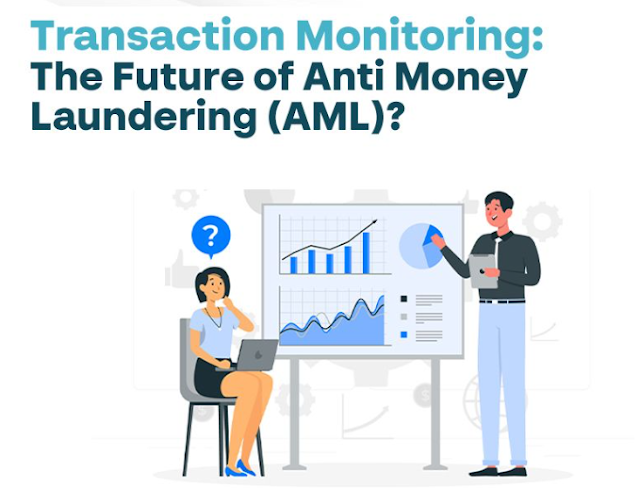KYC Transaction Monitoring Expert in New Hampshire - AML Partners
What is transaction monitoring in KYC?
Transaction monitoring is a crucial component of the Know Your Customer (KYC) process in the financial industry. KYC refers to the process of verifying the identity of customers and assessing their potential risks, primarily to prevent money laundering, terrorist financing, fraud, and other financial crimes. Transaction monitoring involves the continuous review and analysis of customer transactions and activities to identify and report any suspicious or unusual behavior.

Here's how transaction monitoring works in the KYC context:
Data Collection: Financial institutions collect and store customer data, including personal information, account details, and transaction history.
Pattern Recognition: Transaction monitoring systems use algorithms and predefined rules to analyze transaction patterns. These rules are set based on various factors such as transaction amount, frequency, location, and the types of products or services involved.
Anomaly Detection: The system compares each transaction against these predefined rules. If a transaction deviates from the established patterns or thresholds, it is flagged as a potential anomaly.
Alert Generation: When an anomaly is detected, the system generates an alert. This alert is then reviewed by compliance officers or anti-money laundering (AML) professionals within the financial institution.
Investigation: The compliance officers investigate the flagged transactions to determine whether they are indeed suspicious. This investigation may involve gathering additional information about the customer, transaction, or related parties.
Reporting: If the investigation confirms suspicious activity, the financial institution is required to file a Suspicious Activity Report (SAR) with the relevant regulatory authorities. SARs contain details about the suspicious transaction and the steps taken during the investigation.
Transaction monitoring is essential for identifying and preventing financial crimes. By continuously monitoring customer transactions, financial institutions can detect and report suspicious activities in a timely manner, helping to maintain the integrity of the financial system and comply with regulatory requirements.
What do transaction monitoring analysts do?
Transaction monitoring analysts play a crucial role in financial institutions by ensuring compliance with anti-money laundering (AML) and counter-terrorist financing (CTF) regulations. Their primary responsibility is to review, analyze, and investigate flagged transactions to identify potential instances of suspicious activity. Here's a breakdown of what transaction monitoring analysts typically do:
- Review Alerts:Transaction monitoring analysts review alerts generated by automated systems. These alerts are triggered when transactions meet predefined criteria indicating potential suspicious activity.
- Data Analysis:They analyze customer data, transaction patterns, and other relevant information to understand the context of flagged transactions.
- Investigate Suspicious Activity:Transaction monitoring analysts conduct in-depth investigations into suspicious transactions. This involves gathering additional information from various sources, both internal and external, to determine the legitimacy of the transaction.
- Research and Documentation:They research customer profiles, transaction history, and related data to identify patterns and trends associated with money laundering or other financial crimes. Analysts document their findings thoroughly.
- Risk Assessment:Analysts assess the risk level associated with flagged transactions and customers. They consider factors such as transaction amount, frequency, customer behavior, and the nature of the products or services involved.
- Communication:Transaction monitoring analysts often need to communicate with other departments within the organization, such as compliance teams, fraud detection units, and sometimes law enforcement agencies, to share information and collaborate on investigations.
- Decision Making:Based on their analysis and investigation, analysts make decisions regarding the legitimacy of flagged transactions. They decide whether a transaction warrants filing a Suspicious Activity Report (SAR) to the appropriate regulatory authorities.
- Compliance:Transaction monitoring analysts ensure that the investigations and subsequent actions comply with regulatory requirements and internal policies of the financial institution.
- Continuous Improvement:Analysts often participate in refining and improving the transaction monitoring system. They provide feedback based on their investigations, helping to enhance the accuracy of alert generation and the overall efficiency of the process.
- Training and Education:Transaction monitoring analysts may be involved in training sessions to educate other employees within the organization about the latest trends in money laundering and fraud, helping them identify suspicious activities at an early stage.
Transaction monitoring analysts play a vital role in safeguarding financial institutions against illicit activities, ensuring compliance, and maintaining the integrity of the financial system. Their work is crucial in detecting and preventing financial crimes in real time.

Comments
Post a Comment